Ask yourself how often during hard work called shopping you push yourself that this time well, will you really acquire anything bright? Everytime? And when was the last time you purchased? Last time - never?
Or even better - they saw, caught fire and acquired, but the thing remained hanging on the hanger with a label?
And in the first, and in second cases, the reason for such crimes before is banal and is obvious - you do not know how to combine colors and therefore do not understand how to enter a wardrobe one or another thing.
In this article, I will help you to figure out how not to be afraid to combine colors, following the simple rules, what a terrible beast is a circle of 199 and with what it is more deer than it.
So, the color circle of Johannes Yeten

Ittem's color circle is a universal tool for creating harmonious color combinations. With it, it is very easy to make combinations from two, three and even four colors and forever throw away the words "jeans and gray jumper" from their stylish vocabulary, and even if you do not throw away, then you can know how to beat them, combining colors in accessories.
Let's go through the basic techniques of combinations:
- Complementary scheme - a combination of two shades remote from each other, or its variation: it is necessary to go from the maximum remote shade to go to 1 sector in any direction.
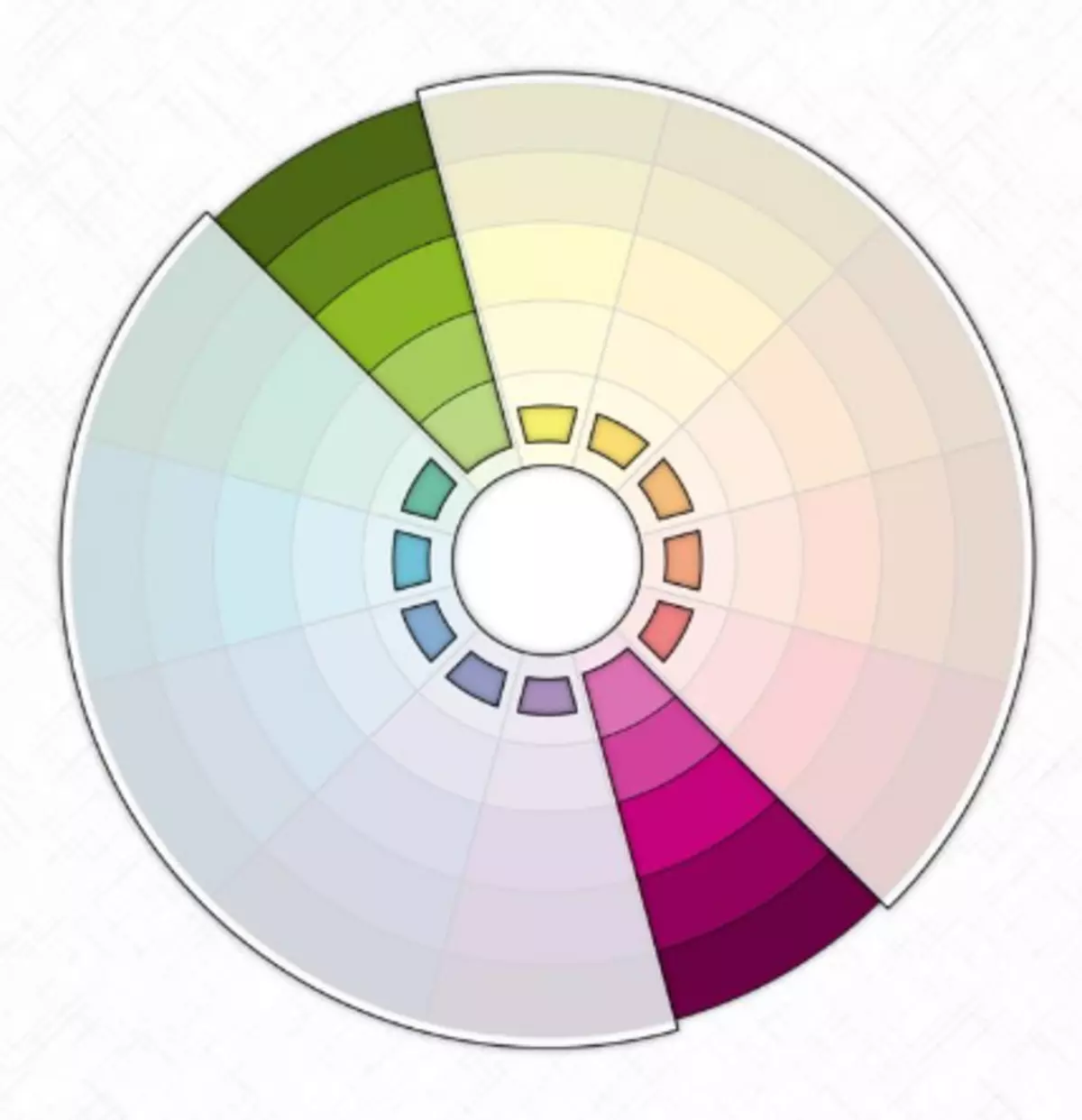
- Classic Triad. - Combination of shades through three sectors.
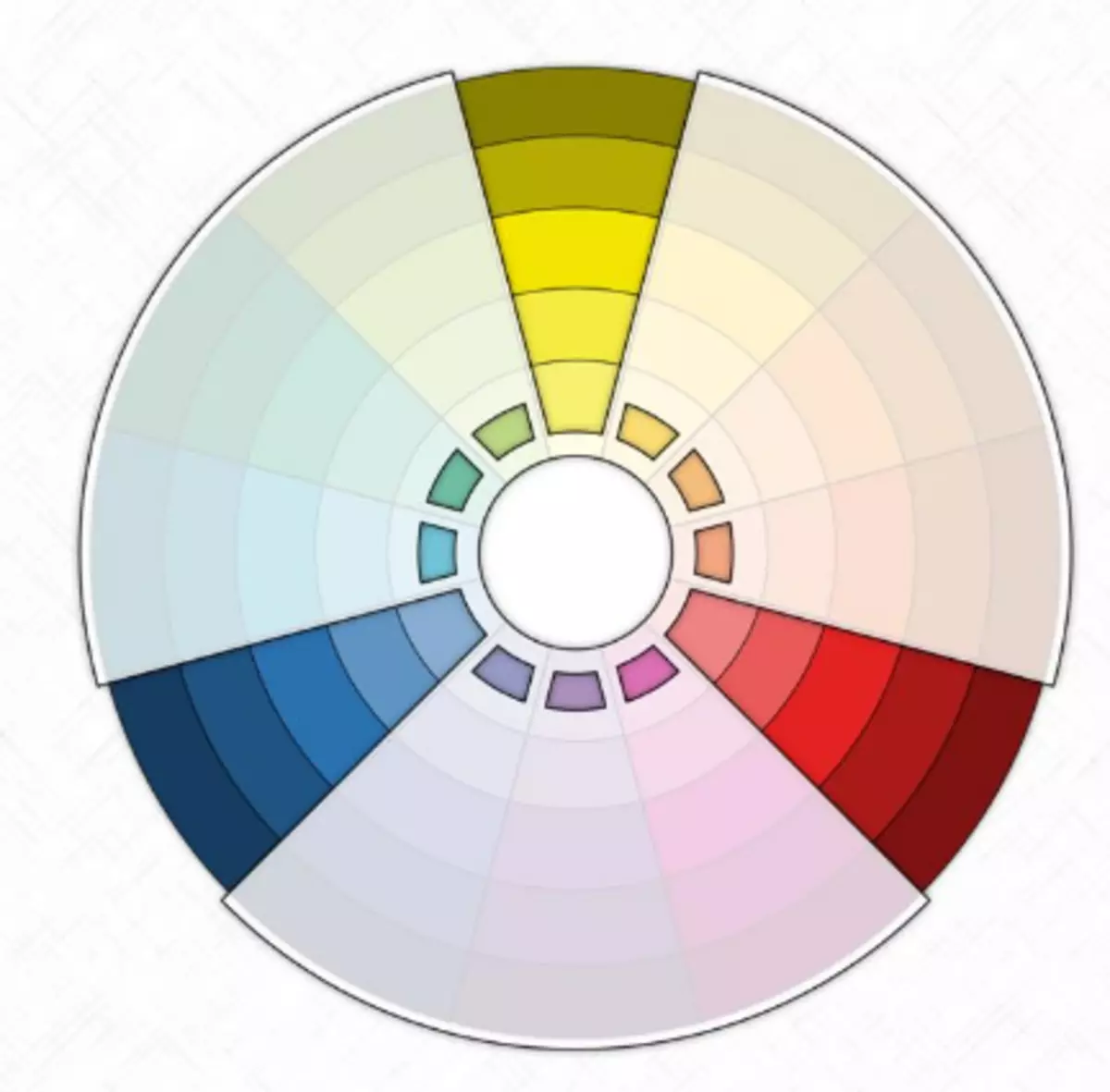
-Analog Triad. - a combination of three colors located in the adjacent sectors. Perfectly works for two colors!
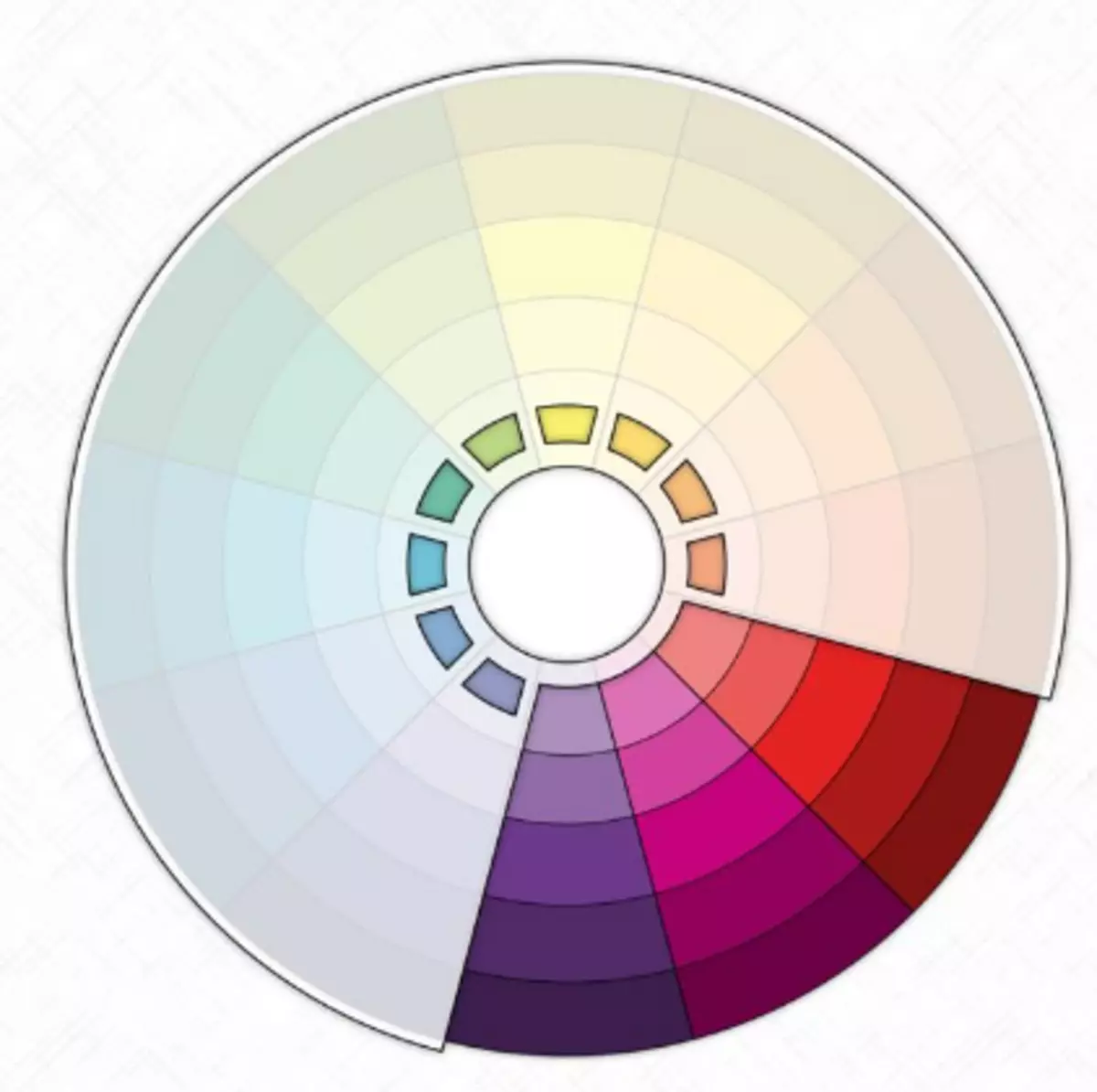
- Separate-complementary triad - 2 colors through 1 sector and 1 contrast.
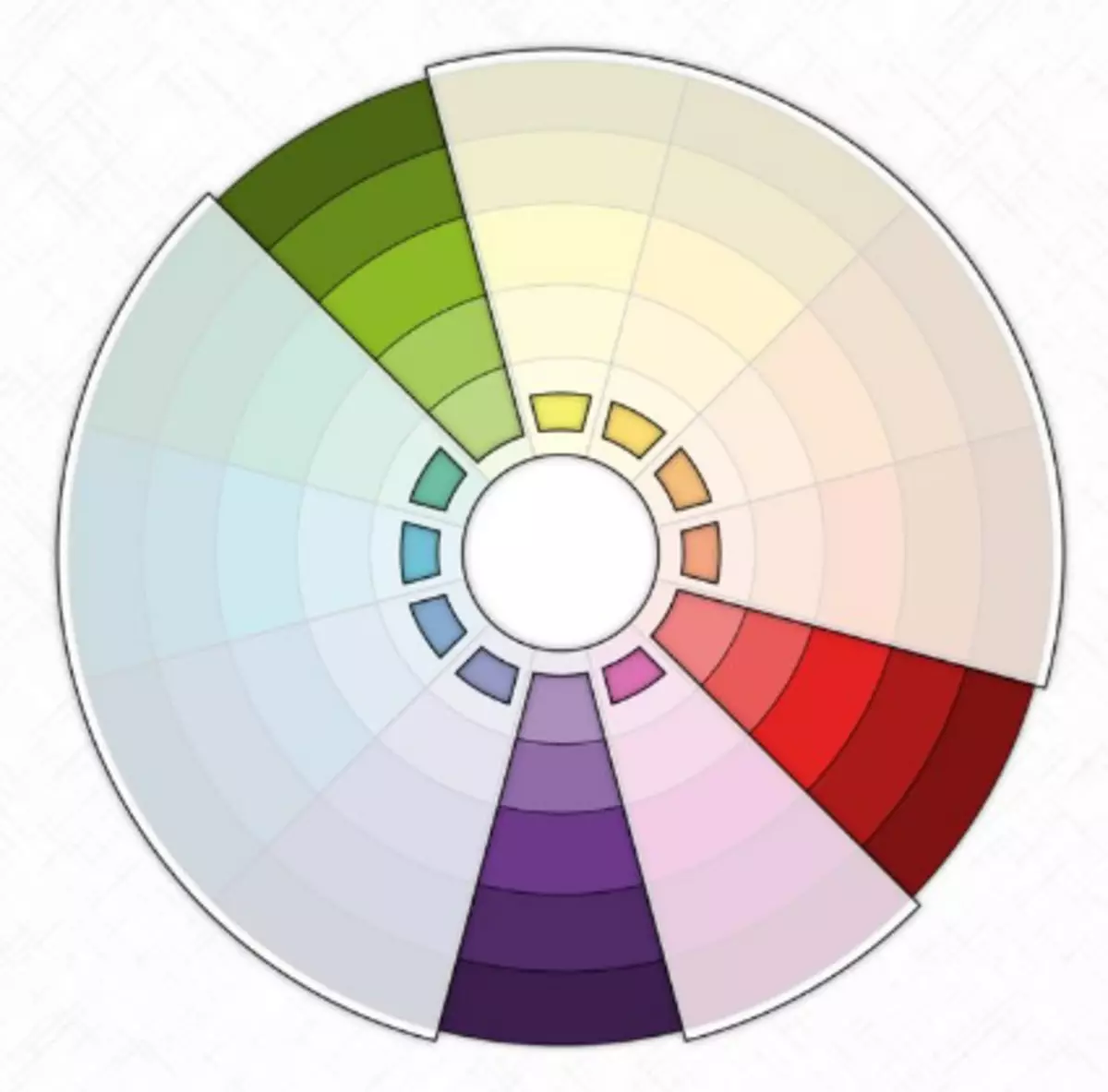
Rectangular scheme - For 4 colors: Just connect the sectors into a rectangle; Either its variation is a square scheme: here we connect the vertices of the sectors into the squares.
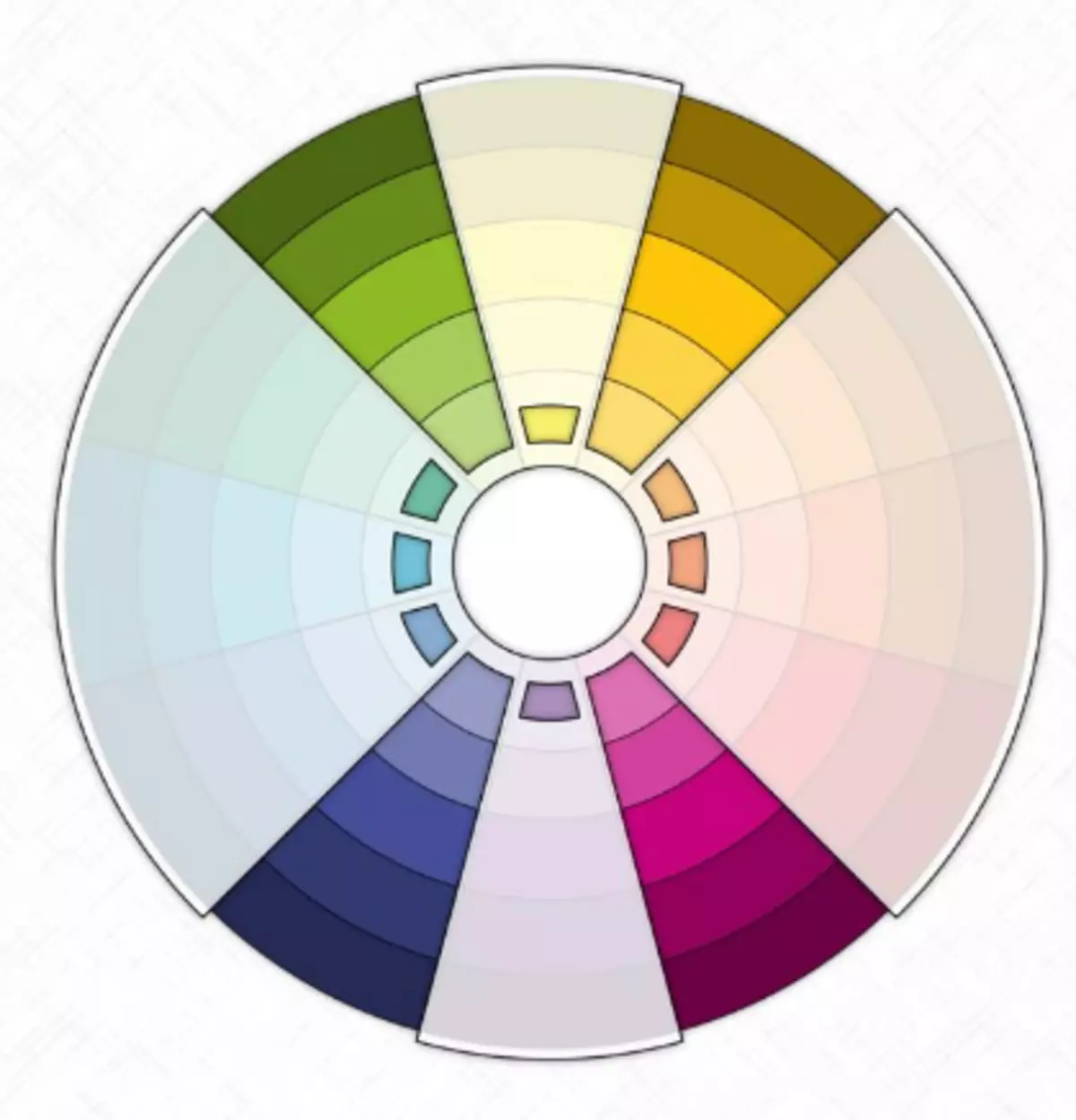
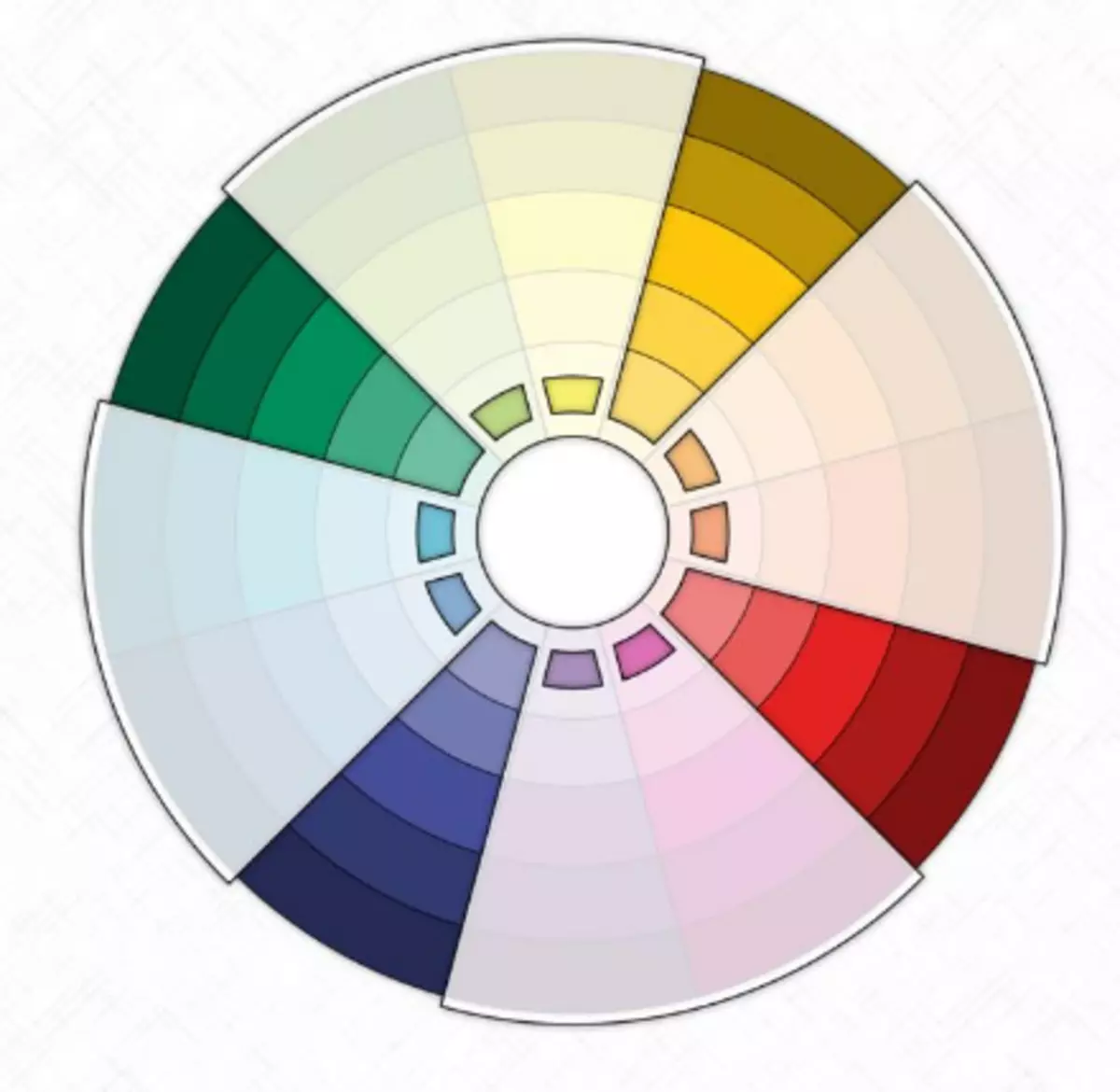
Using all the indicated rules of combinations in a circle of ytten, you can finally add brightness and paints to your wardrobe and life. The main thing is not to forget about Basic rules:
- White, black, gray, beige - ahromat, that is, they are not color, you can embed them in any kind of variations in any variations absolutely without restrictions!
- Any combination of color must be respected either in the same temperature range (warm + warm, cold + cold) or purity (clean + clean, muted + muted). Only one of two conditions should be followed. *
- Do not be afraid! Any combination of colors will be correct if you emit light! Always and under any conditions, never forget that style is freedom, style is you! **
* About color characteristics - in my next article
** About the combination of prints - in my next article.
